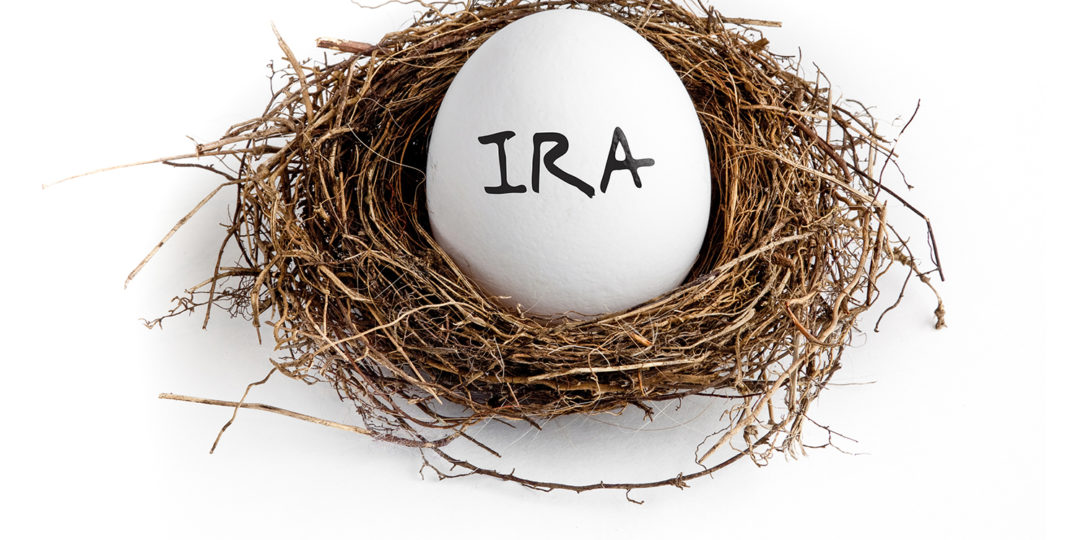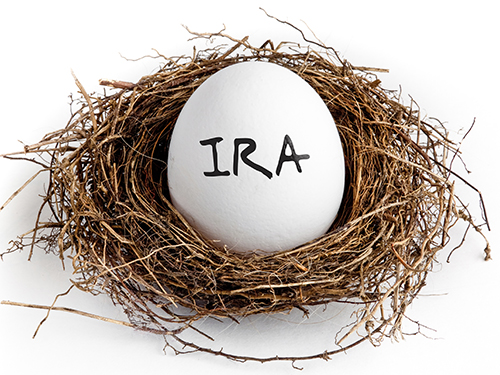Tax implications of required minimum distributions from retirement accounts

Individual retirement accounts (IRAs) and defined contribution plans can be great tools to help you save for retirement. Whether you have an IRA, a SEP, a 401(k), or some other tax-deferred retirement plan, you may not realize that you are required to take annual distributions from your retirement account once you reach a certain age.
These distributions, which the Internal Revenue Service refers to as “required minimum distributions,” vary in amount based on the value of your account and your age. In this article, we will discuss the tax implications of required minimum distributions and offer you strategies you can implement to use them to your advantage.
[ezcol_3quarter]
Required minimum distributions – basic overview
Generally, as an account owner, you are required to begin taking annual minimum distributions from your retirement accounts by April 1 of the year following the year you turn 70 ½. Under some defined contribution plans like 401(k)s and 403(b)s, you may be able to push this requirement back by a few years if you continue to work full time. The amount of the distribution you are required to take is determined annually using a table provided by the IRS. The larger your account balance, the larger distribution you are required to take.
If you have more than one IRA, you must calculate your required minimum distribution for each account separately, but you have the freedom to withdraw the total amount from whichever account(s) you choose. 401(k)s are stricter and require you to take distributions from each account separately. Your plan administrator can help calculate this amount for you.
You are, of course, free to withdraw more than the calculated minimum distribution if you so choose. These excess withdrawals will not count toward future years’ required distributions; they will simply be considered excess and voluntary withdrawals.
Minimum distributions are required for tax-deferred plans like traditional IRAs, 401(k)s, 403(b)s, SEPs, and SIMPLEs. Roth retirement plans are exempt from required minimum distributions until the date of death of the account’s original owner.
Tax consequences of required minimum distributions
Required minimum distributions have the same income tax consequences as any other withdrawal that you make from your account once you reach retirement age. For tax-deferred plans like traditional IRAs and many 401(k)s, earnings and pre-tax contributions are taxed at regular income tax rates when you withdraw the money. Owners and secondary beneficiaries of Roth retirement accounts can generally take distributions completely tax-free.
If you do not withdraw the required amount in a given year, a steep penalty of 50% of what you should have withdrawn will be assessed.
Tax planning strategies using required minimum distributions
Begin taking withdrawals before you are required to
Taking smaller distributions when you reach age 59 ½ and throughout your 60s would decrease the overall value of your retirement account so that when you turn 70 ½, your required distributions would be smaller than they would otherwise be. With appropriate planning, this strategy could keep you in a lower tax bracket throughout retirement and save you income taxes over time. If you are still working at the employer that sponsors the account you are planning to withdraw from, check your plan administrator’s in-service distribution rules.
Change your withdrawal frequency
You can elect to withdraw your required minimum distribution at any time, in any amount, in any frequency throughout the calendar year as long as you withdraw the full amount by December 31. (Remember that the first year you are required to take a distribution, your withdrawal deadline is extended to April 1 of the next year.) This gives you the freedom to match your withdrawal frequency with expenses you expect to incur throughout the year.
Reinvest the money
If you do not need the money from the required distribution to cover your living expenses, you are free to invest your withdrawal into a non-retirement account. Yes, you will still pay the tax on the withdrawals (if required), but you can turn that mandatory distribution back into money-earning potential. For example, purchasing municipal bonds would allow any future income earned from those contributions to grow free from federal income tax.
Convert to a Roth IRA
To convert your traditional IRA into a Roth IRA, you will need to pay the tax upfront on the converted balance, but you would be exempt from the minimum distribution requirement going forward. Additionally, all future withdrawals will be tax-free provided you meet the 5-year rule (talk to your advisor for more details). If you do not need the required minimum distributions to cover your living expenses, converting your traditional IRA to a ROTH IRA has potential to be a money-saving solution for your future heirs. After the conversion, all earnings will be free from tax for both you and your heirs, and neither you nor your heirs will be required to pay taxes when you or they pull the money out.
Turn your required distribution into a tax-free charitable contribution
Qualified charitable distributions (QCDs) are a way to contribute funds from your retirement account without any tax consequences to you. To be eligible for the tax savings allowed by a QCD, you must be 70 ½, and you must send the funds directly from your retirement account to the qualified charity. These QCDs are limited to $100,000 annually, but they count toward your required distributions for that year. So, for example: if your required minimum distribution were $20,000 in the current year and you made a $15,000 QCD, only $5,000 of the required minimum distribution would be taxed as income to you. You do not get an itemized deduction for the contribution, but reducing your income provides a better benefit than taking the itemized deduction. There is some reporting required on your federal tax return when you make a QCD, but many people use this tax-saving strategy to make contributions to charities that they would have otherwise made at death.
The ideal tax-planning strategy looks different for each taxpayer. If you would like to discuss these strategies and create an individualized retirement plan to fit your and your family’s needs, please contact your WK advisor at (573) 442-6171 or (573) 635-6196.
[/ezcol_3quarter] [ezcol_1quarter_end]

OTHER STORIES FOR YOU
TO CONVERT OR NOT TO CONVERT YOUR IRA? Converting a traditional Individual Retirement Account to a Roth IRA might benefit certain taxpayers. Is a conversion right for you? Below, we help you understand the decision factors and implications involved.
WOULD YOU LIKE TO PUT MORE MONEY AWAY FOR RETIREMENT? As we near the end of the year, it is a good time to start thinking towards the future and your ultimate goal…retirement! If you are ready to start saving or to increase the amount you are currently contributing, now is a great time to consider your options.
WHAT HAPPENS WHEN YOU HAVE LOSSES IN AN IRA? It’s certainly commonplace that investments lose value from time to time. What does that mean when the investment is in your Individual Retirement Account?
[/ezcol_1quarter_end]

